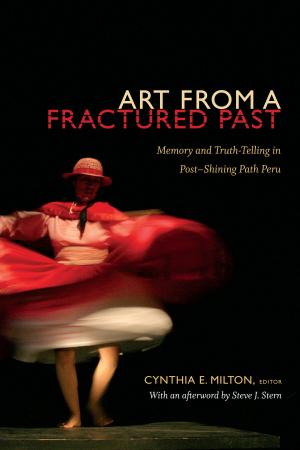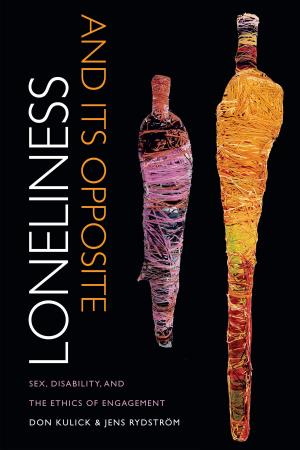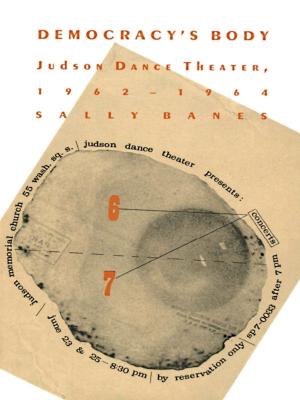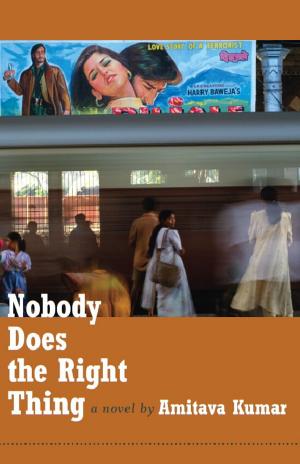Disintegrating the Musical
Black Performance and American Musical Film
Nonfiction, Entertainment, Film, History & Criticism, Performing Arts, Social & Cultural Studies, Social Science, Cultural Studies, African-American Studies| Author: | Arthur Knight | ISBN: | 9780822384106 |
| Publisher: | Duke University Press | Publication: | August 14, 2002 |
| Imprint: | Duke University Press Books | Language: | English |
| Author: | Arthur Knight |
| ISBN: | 9780822384106 |
| Publisher: | Duke University Press |
| Publication: | August 14, 2002 |
| Imprint: | Duke University Press Books |
| Language: | English |
From the earliest sound films to the present, American cinema has represented African Americans as decidedly musical. Disintegrating the Musical tracks and analyzes this history of musical representations of African Americans, from blacks and whites in blackface to black-cast musicals to jazz shorts, from sorrow songs to show tunes to bebop and beyond.
Arthur Knight focuses on American film’s classic sound era, when Hollywood studios made eight all-black-cast musicals—a focus on Afro-America unparalleled in any other genre. It was during this same period that the first black film stars—Paul Robeson, Louis Armstrong, Lena Horne, Harry Belafonte, Dorothy Dandridge—emerged, not coincidentally, from the ranks of musical performers. That these films made so much of the connection between African Americans and musicality was somewhat ironic, Knight points out, because they did so in a form (song) and a genre (the musical) celebrating American social integration, community, and the marriage of opposites—even as the films themselves were segregated and played before even more strictly segregated audiences.
Disintegrating the Musical covers territory both familiar—Show Boat, Stormy Weather, Porgy and Bess—and obscure—musical films by pioneer black director Oscar Micheaux, Lena Horne’s first film The Duke Is Tops, specialty numbers tucked into better-known features, and lost classics like the short Jammin’ the Blues. It considers the social and cultural contexts from which these films arose and how African American critics and audiences responded to them. Finally, Disintegrating the Musical shows how this history connects with the present practices of contemporary musical films like O Brother, Where Art Thou? and Bamboozled.
From the earliest sound films to the present, American cinema has represented African Americans as decidedly musical. Disintegrating the Musical tracks and analyzes this history of musical representations of African Americans, from blacks and whites in blackface to black-cast musicals to jazz shorts, from sorrow songs to show tunes to bebop and beyond.
Arthur Knight focuses on American film’s classic sound era, when Hollywood studios made eight all-black-cast musicals—a focus on Afro-America unparalleled in any other genre. It was during this same period that the first black film stars—Paul Robeson, Louis Armstrong, Lena Horne, Harry Belafonte, Dorothy Dandridge—emerged, not coincidentally, from the ranks of musical performers. That these films made so much of the connection between African Americans and musicality was somewhat ironic, Knight points out, because they did so in a form (song) and a genre (the musical) celebrating American social integration, community, and the marriage of opposites—even as the films themselves were segregated and played before even more strictly segregated audiences.
Disintegrating the Musical covers territory both familiar—Show Boat, Stormy Weather, Porgy and Bess—and obscure—musical films by pioneer black director Oscar Micheaux, Lena Horne’s first film The Duke Is Tops, specialty numbers tucked into better-known features, and lost classics like the short Jammin’ the Blues. It considers the social and cultural contexts from which these films arose and how African American critics and audiences responded to them. Finally, Disintegrating the Musical shows how this history connects with the present practices of contemporary musical films like O Brother, Where Art Thou? and Bamboozled.















